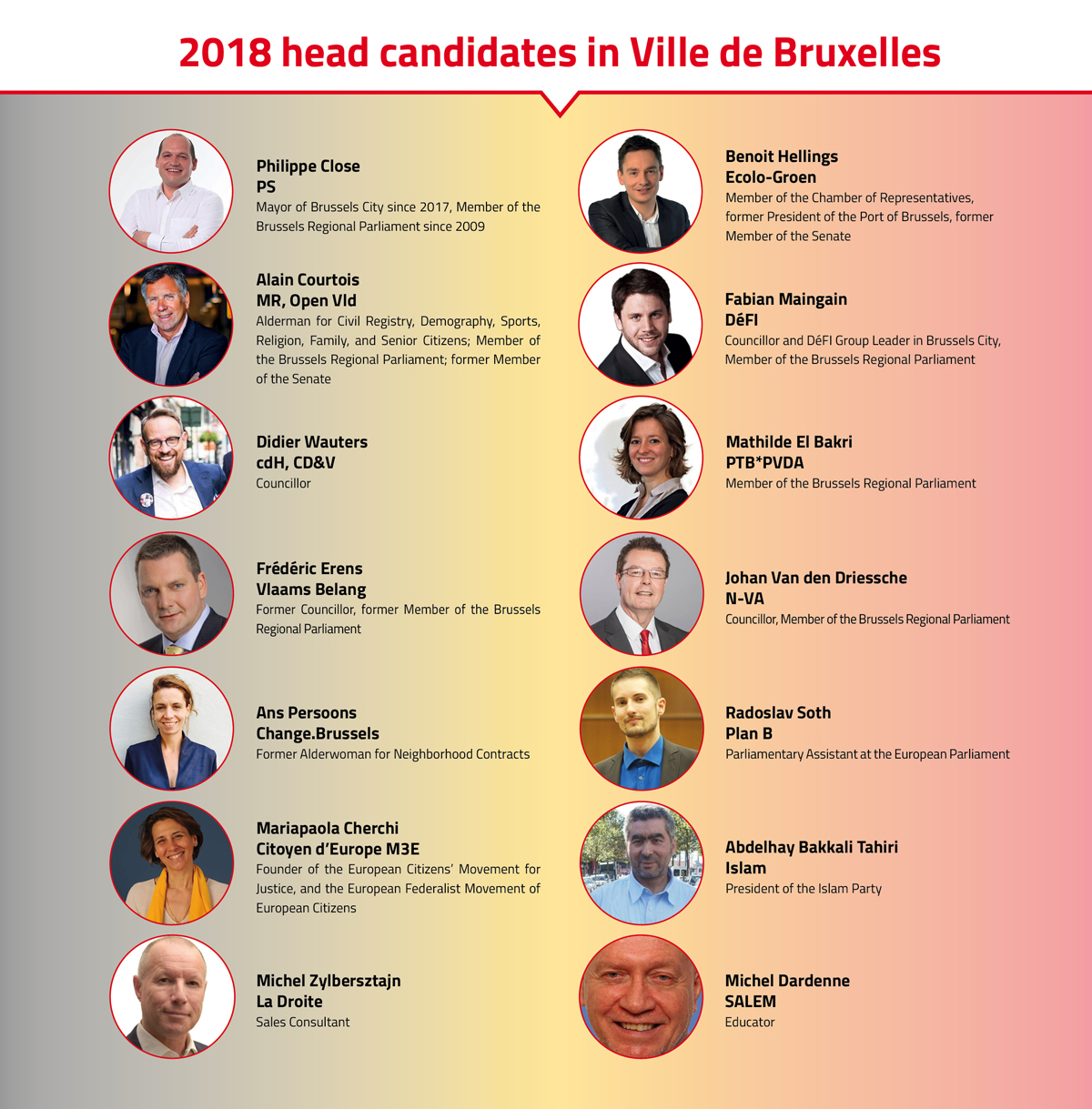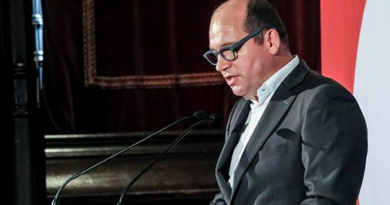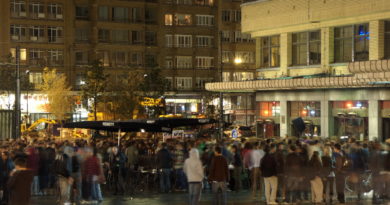2018 Communal Elections: Spotlight on Brussels City
The historic center of the Brussels-Capital Region
Ah, the City of Brussels. Where do we even begin? There are simply too many things to say about the Belgian capital and the historic center of the Brussels-Capital Region. Let’s just say, this is where you find some of the prize jewels of Belgium like the Grand Place, the Royal Museums of Fine Arts, the Mont des Arts, the Royal Palace, the Castle of Laeken, the European Quarter, the Brussels Park, Bois de la Cambre, the Atomium, and not to forget, our dear little Manneken Pis who delights tourists all year round.
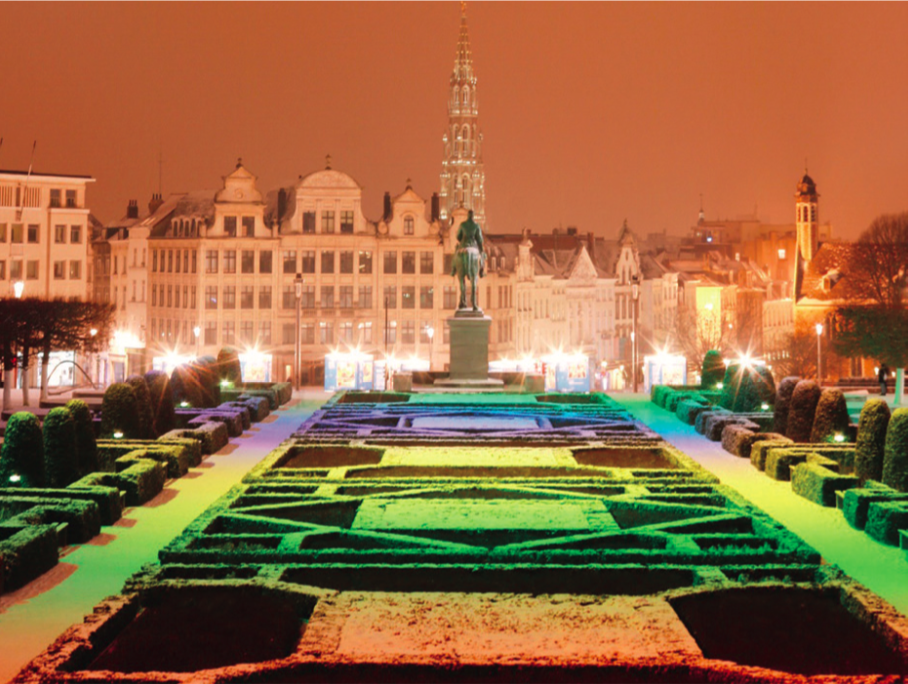
Brussels City is the largest and most populated commune in the Brussels region. It extends over 32.6 kilometers of land which spreads out from the city center to the north, south, and east of the region. The size of its population rose to 176,545 in 2017. More than one third of the commune’s inhabitants are non-Belgians with the majority coming from France, followed by Morocco, Romania, Italy, and Spain.
The territory of Brussels City can be divided into two entities. First is the Pentagon which cradles the historic center of the commune and includes the Sablons, Marolles, Midi-Lemonnier, Senne, Quays, Marais-Jacqmain, Libertés, and Royal districts. Next is the northern segment of the commune which harbors the districts of Laeken, Mutsaard, Neder-Over-Heembeek, and Haren.
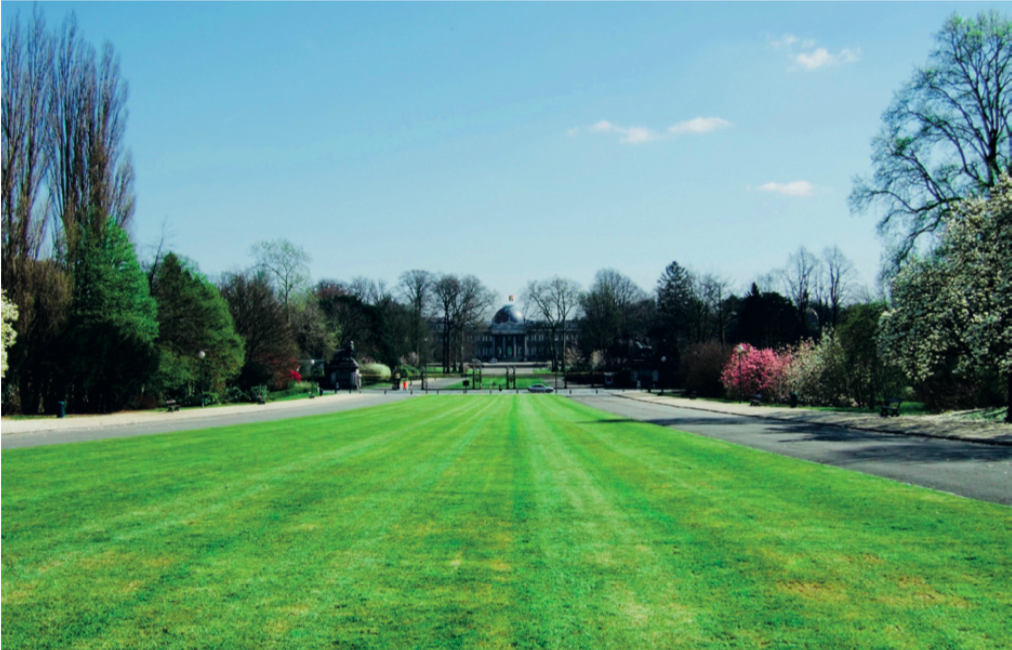
Middle to lower class households make up the population of Brussels City. Income is generally higher in the northernmost and southernmost parts of the commune, and in the southeastern end of the Pentagon. Lower income prevails in the southwestern neighborhoods of the Pentagon and the southern neighborhoods of Laeken. These areas belong to the croissant pauvre or poor crescent of the Brussels region.
The Belgian capital struggles with issues related to the growing number of children, foreigners, and economically disadvantaged families within its territory. Under the pressure of population growth, housing projects have increased over the last few years in all of the commune’s neighborhoods. But the real challenge lies in reconciling the diverse needs of the commune’s existing and new inhabitants.
Since the last communal elections, Brussels City’s elected leaders have rolled out several urban renewal projects involving the redevelopment of central areas like Boulevard Anspach and Place de Brouckère. In addition, several neighborhoods including Alhambra, Îlot Sacré, and Rue Neuve were cleaned up and rehabilitated. Childcare and school facilities were also re-equipped to make room for more children.

Despite the developments, critics have questioned whether the commune’s extensive urban projects truly address the needs of Brussels City’s residents or whether their real purpose is to make the city more marketable and attractive to businesses and tourists.
The city was also plunged in controversy last year when its mayor was dragged in a corruption scandal. Yvan Mayeur was forced to resign after it was discovered that he received hefty payments for attending the board meetings of Samusocial, a non-profit organization serving the city’s homeless. Investigation showed that the meetings for which he got paid never took place. Mayeur was replaced by fellow socialist Philippe Close.
Members of the Socialist Party (PS) have been dominating the Brussels political scene since 2001. In the last six years, they shared the communal leadership with members of the Reformist Movement (MR), and the Open Flemish Liberals and Democrats (Open Vld). The minority was composed of representatives from the Ecolo-Groen alliance, DéFI (Democratic, Federalist, Independent), and the Humanist Democratic Center (cdH).
The 2018 communal elections will tell whether the socialists will survive the impact of the Samusocial controversy. The situation appears highly favorable for the liberals of MR who used to occupy top spot in Brussels City politics. This year, they will campaign with Open Vld while cdH will run with CD&V (Christian Democratic and Flemish). They will face off with candidates from Ecolo, DéFI, the New Flemish Alliance (N-VA), right-wing Flemish party Vlaams Belang (VB), PTB*PVDA (Workers’ Party of Belgium), Change.Brussels, Plan B, Citoyen d’Europe M3E, La Droite, and the Islam party.
